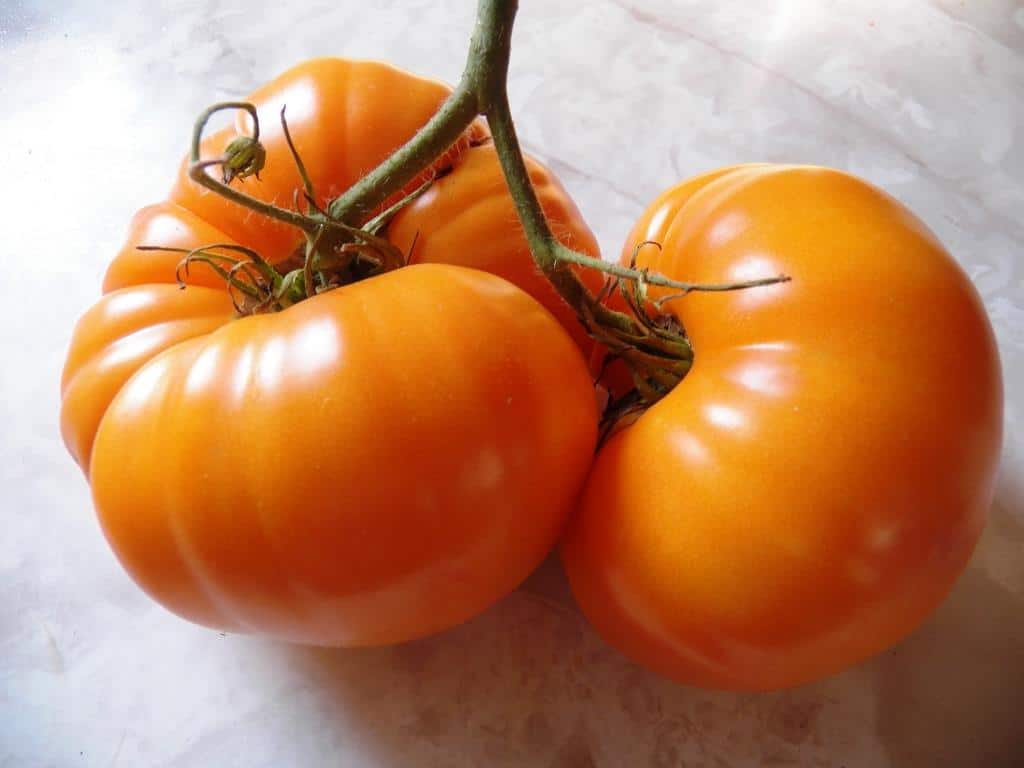Early in January I attended the Great Plains Growers Conference at Missouri Western University, in St. Joseph, MO. While I was there I was asked to look into the tomato grafting workshop, in the hope that we could possibly put multiple varieties of tomatoes onto one plant. I admit, it was not something I was really interested in at first. Being an old school vegetable gardener, I was not interested in using rootstock for my tomatoes. I really had no idea just how interesting it would be.
The workshop was hosted by Kansas State University. I went in with an open mind and left with a changed heart. When I asked, they explained the main reasons for grafting tomatoes were to use a more vigorous and disease resistant rootstock with your favorite cultivars of tomatoes. For example, if you took the Tomato ‘Plum Yellow’ – a good taster and produce, but not disease resistant, and grafted it to a more disease resistant rootstock, the plum yellow would carry on the traits of the rootstock.
I was able go ahead and try it out, they had tomatoes for grafting right there. First you take a sharp, clean knife and cut your rootstock either above or below the cotyledon. If you cut above the cotyledon you can graft more than one cultivar to the rootstock. Cut below if you only want one cultivar per rootstock. Make your cut is angled between 25° and 75°. Cut your cultivar the same angle and use a clip to keep the two pieces together. It also helps to cut off half the leaves of your desired cultivar, to reduce transpiration while the graft union is healing. For attachment, I was given a sample of tiny plastic clips that held the cut ends together. You can buy 20 at www.tomatogrowers.com for $3.85.
While I was reading some of their information it came to me to ask about grafting other members of the nightshade family together. Tomatoes are members of the nightshade family which also includes peppers, eggplant, ground cherry, tomatillo, potato and several weedy species such as black nightshade, horse nettle, and buffalo bur. The overwhelming response I got was –YES. While it may not be practical to graft an eggplant onto a tomato, it may be feasible to graft tomatillos and peppers onto a tomato to conserve space in the garden. Another idea to think about is grafting multiple varieties on one rootstock. If your daughter liked cherry tomatoes, and you did not want to plant multiple plants, you could graft three or more cultivars onto a single rootstock. You could have ‘Black Chery’, ‘Sweet Million’, ‘Red Cherry’, and ‘Sun Gold’ all on the same plant.
You can grow your own rootstock if you are ambitious, or order them. Many vegetable seed growers also offer rootstock for tomato grafting.




